Why Liga MX is better than MLS?
Liga MX Vs. MLS, he confrontation of two radically different visions of feeling and living the world; one bets on the traditionalis, its colors, its chants and its history; on the old and rooted soccer passion.
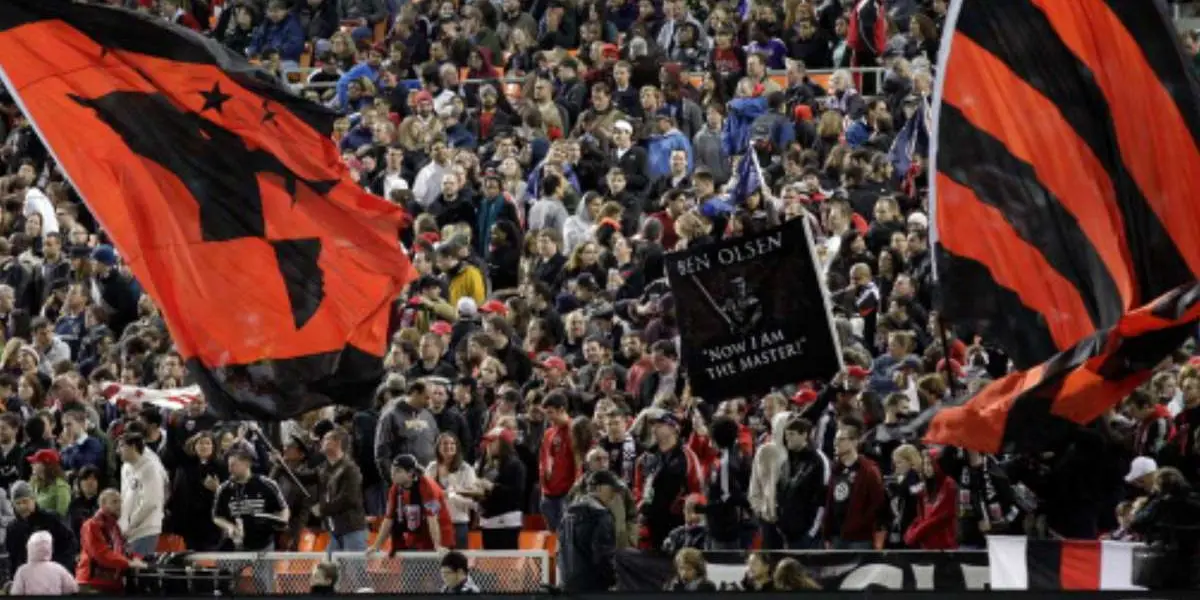
The Campeones Cup and, now, the League's Cup opened another front between Liga MX and MLS, two competitions condemned to live back to back, with the marks of each other's statures painted in front of their eyes. The rivalry is more than geographical. It is historical, almost nationalistic.
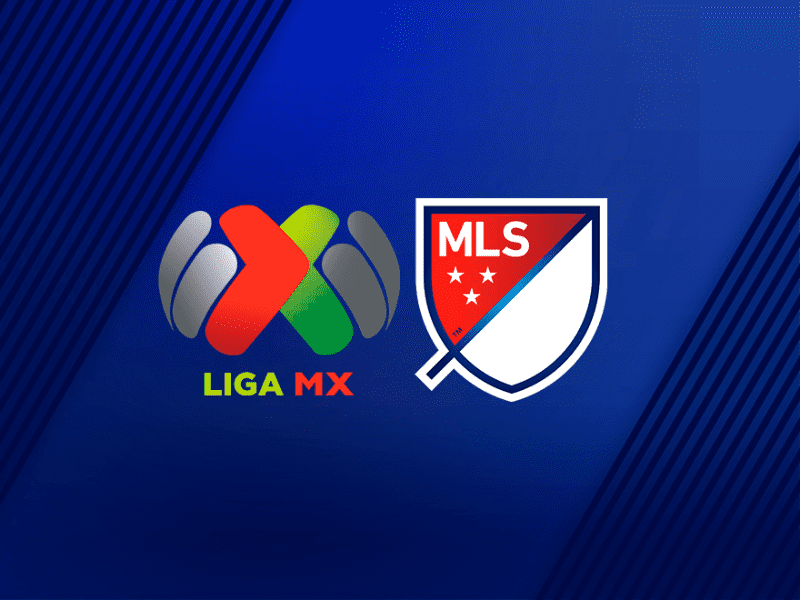
The confrontation of two radically different visions of feeling and living the world: one bets on the traditionalism; on the tradition of its teams, its colors, its chants and its history; on the old and rooted soccer passion that nestles in every corner of the country; the other one is progressive, an aggressive business model that imitates the uses and customs of the American leagues: a sustainable balance between spectacle and financial stability, the desire to enhance the stadium experience, identification with the fan and care for the main product, the team.
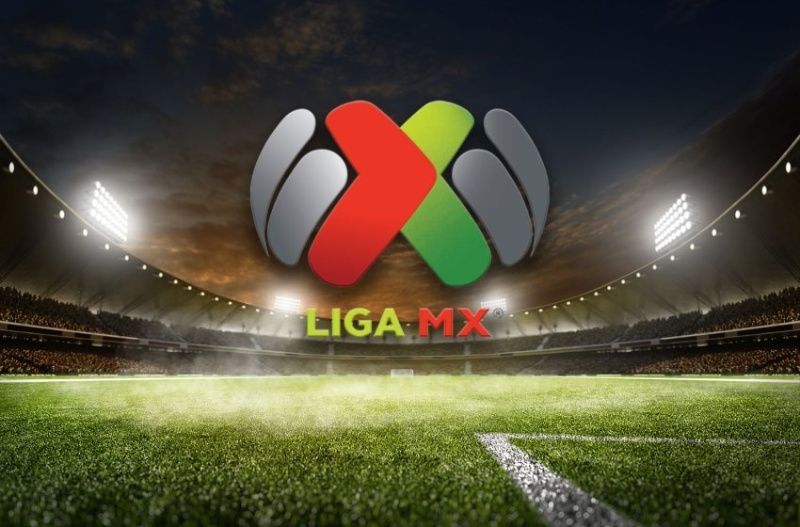
In between is soccer, the pitch, where Liga MX has ruled with an iron fist, a sort of irony in an era marked by absolute parity between the national teams of each nation, which share victories, defeats, draws and Gold Cup titles. The last time an MLS club was crowned CONCACAF Champions League champion was in 2000, when the Los Angeles Galaxy defeated Olimpia of Honduras 3-2. Since 2006, the tournament has only seen Mexican champions and in three of the last 14 finals they have triumphed over MLS teams.

The hegemony is even more evident in head-to-head matches: Liga MX has triumphed in 36 of 44 direct elimination matches in the Concacaf Champions League. In two editions of the Campeones Cup, the balance is even: wins for Tigres against Toronto (2018) and Atlanta against América (2019). In 47 tournament series/finals (CONCACAF Champions League, CONCACAF Giants Cup, Campeones Cup), Liga MX has emerged victorious in 38.
The variables to compare are vast. Infrastructure, budget, fan size, stadium capacity, media attention and sporting power.
Liga MX or MLS?
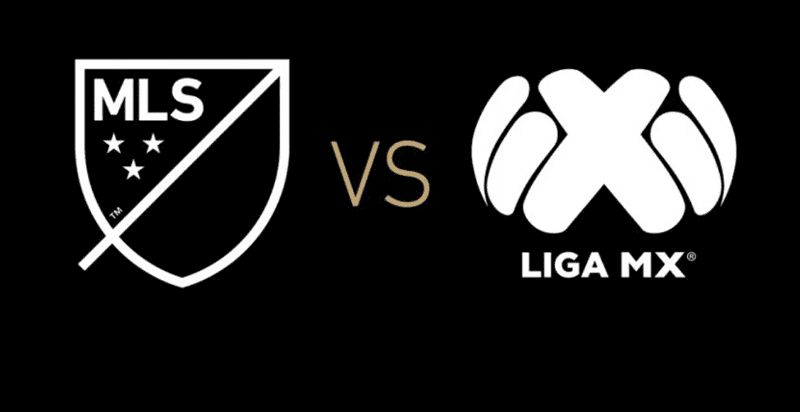
The comparison of every year, the debate that seems to be nonexistent but is revived by the economic strength of the Americans and the parade of international stars in their ranks. The League's Cup begins another chapter of history.
The most expensive squads are in Mexico
In Liga MX, André-Pierre Gignac, Rogelio Funes Mori, Giovani dos Santos, Eduardo Vargas, Guillermo Ochoa, Guido Rodríguez. In MLS, Zlatan Ibrahimovic, Wayne Rooney, Nani, Carlos Vela, Josef Martínez, Miguel Almirón, Sebastián Giovinco. Judging by the almost randomly selected names, the difference in favor of the American league looks insurmountable. The numbers, in fact, are not so kind to MLS. According to Transfermarkt, a portal specialized in soccer transactions and marketing, the combined value of the 18 Liga MX squads amounts to approximately US$856 million, while the 24 MLS clubs together are worth just US$674 million.
The most expensive squad in the Mexican championship is Monterrey, with a value of 94 million dollars, followed by their arch-rivals, Gignac's Tigres, with 81 million dollars. Atlanta United is the most valuable MLS squad, with an estimated valuation of 62.3 million dollars. The reigning North American league champions would rank fifth in squad value in Liga MX, behind Monterrey, Tigres, Cruz Azul and America, and closely pursued by Pachuca (54.8).
The second most expensive MLS club is Los Angeles FC, where Carlos Vela plays, valued at 43.59 million dollars and hypothetically ninth in Liga MX. However, MLS stars have a higher market value. Gonzalo Martínez of Atlanta United and Los Angeles Galaxy, respectively, are valued at US$16.7 million; Maxi Meza and Rodolfo Pizarro, of Monterrey, are the most highly valued Mexican players, valued at US$11 million, according to Transfermarkt. Overall, the scales are tipped in favor of Liga MX. But MLS continues to close the gap thanks to the 'franchise player' philosophy exported from MLB-NBA-NFL.
The best assists are in the US
Throughout 2019, Liga MX has totaled 4,805,775 million fans and 29,414 on average, adding the records of the Clausura 2019 (regular season and Liguilla) and the first four rounds of the Apertura 2019. In contrast, the MLS total through the Week 23 cutoff is 6,256,560 million and 21,107 on average. However, some nuances must be provided to the data. Liga MX counts 21 matchdays (17 of the Clausura and four of the Apertura) and round-robin rounds of quarterfinals, semifinals and finals, while MLS only averages from 23 matchdays. Liga MX is made up of 19 teams (18 until Clausura 2019) and MLS, 24. The average capacity of Liga MX stadiums is 38,872 (including the homes of FC Juárez and Atlético San Luis), compared to 30,785 in MLS (without reductions) and 24,030 (with them).
U.S. leads the world in soccer stadiums
The infrastructure round is favorable to MLS. Twenty of the 24 stadiums were built in the 21st century, and those that date back earlier have already undergone renovations. The oldest venue is Nippert Stadium, temporary home of FC Cincinnati, opened in 1915 but renovated more than 10 times, most recently in 2017. For added impressiveness, 10 stadiums were built over the course of the last decade; the newest is Allianz Field, the impressive home of Minnesota United. And in the pipeline are the Nashville SC and Austin FC venues, MLS expansion franchises that will debut in the coming seasons. Modernity, comfort and a full fan experience are the guiding principles that each MLS club implements in its stadiums.
More news

He was compared to Vinicius and he would leave through the back door, Barcelona's player who will be loaned out
26/04/2024

Mansion, security and more, the luxuries Cristiano should have for a possible arrival to Rayados in Mexico
25/04/2024

For Cristiano to play in Rayados, the company that could help CR7's arrival to Mexico
25/04/2024
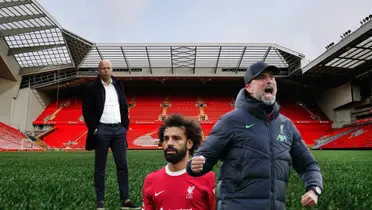
While Arne Slot may replace Klopp, the player who could replace Salah if he goes to Arabia
25/04/2024

Ancelotti talked about Xavi's decision, what Real Madrid fans said about the declarations
25/04/2024

They want to bring him along with Mbappé, the $30M player who could arrive to Real Madrid this summer
25/04/2024

Manchester United already has Casemiro's replacement if he decides to go to Arabia to play with Cristiano
25/04/2024

While you sleep once a day, this is how many times Cristiano sleeps to keep his elite level at 39 years old
25/04/2024

(VIDEO) Despite having played with Messi, the reason why Rakitic believes Neymar is the best
25/04/2024

(PHOTO) Cristiano signed the jersey of Al Nassr rival and what the fans said in social media
25/04/2024

While Modric might stay, the first Real Madrid player who would leave the team with Mbappé's arrival
24/04/2024
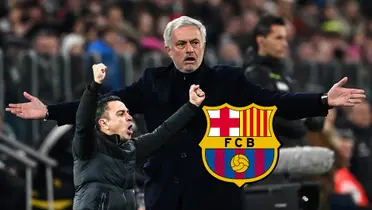
Mourinho's options he manages for his future now that Xavi will stay at Barcelona
24/04/2024

Haaland's privilege which nobody else will have at Manchester City, Guardiola smiles
24/04/2024

The most painful decision for Xavi, he will stay at Barcelona but under this difficult condition
24/04/2024

(VIDEO) A new duo is born, this is how Messi and Suarez's kids play while they have fun at Inter Miami
24/04/2024

(PHOTO) What Cristiano was doing while the new Portugal's National team kit for Euros was released
24/04/2024

Mbappé even closer to Real Madrid, La Liga president words that excites all the Madrid fans
24/04/2024

He won Champions with Cristiano and played with Messi, now his health is severe and was hospitalized in emergency
24/04/2024



